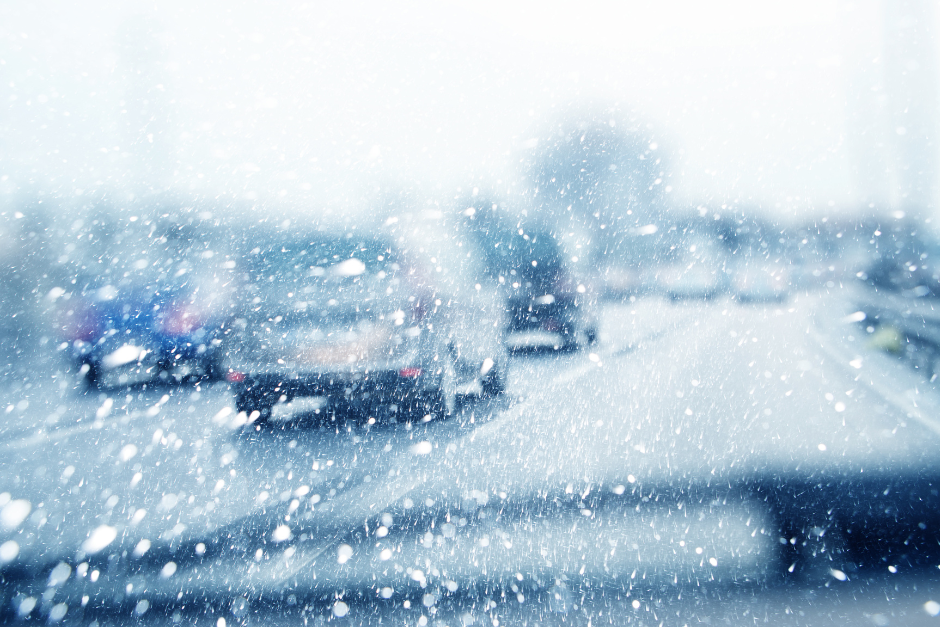Much of our country has already been hit by extreme weather this season. While your best bet is to stay off the roads during a blizzard or storm, most of us still have to brave wintery conditions once the worst is over.
More than 70 percent of the nation's roads are located in snowy regions, which receive more than five inches (or 13 cm) of average snowfall annually. Snow and ice reduce pavement friction and vehicle maneuverability, causing slower speeds, reduced roadway capacity, and increased crash risk.
According to the Federal Highway Administration, each year, 24 percent of weather-related vehicle crashes occur on snowy, slushy or icy pavement and 15 percent happen during snowfall or sleet. More than 1,300 people are killed and more than 116,800 people are injured in vehicle crashes because of wintery conditions.
Winter Driving Safety Tips
While we can’t control the weather, we can prepare our vehicles and ourselves. Stay safe on the roads this winter by planning ahead and allowing extra time for the trip. Here are some key safe driving tips:
- Speed limits are based on normal road conditions. SLOW DOWN when there is ice or snow.
- Stay at least 200 feet back from a snow plow or sanding equipment.
- Bridges, ramps and overpasses freeze first! Use extreme caution.
- Maintain at least three times the following distance when traveling on ice or snow.
- Avoid fatigue when driving. Get plenty of rest before the trip and stop at least every three hours for a quick walk, hydration and to use the rest area. Rotate drivers, if possible.
- Do not use your handheld device while driving.
- Be sure your first aid supplies are adequate and unexpired.
- Keep supplies in your car in the event that you are stranded. Those might include a blanket, a flashlight, kitty litter, chains, food such as granola bars, bottled water, etc.
- Plan your route and let others know when you expect to arrive.
- Join a travel club, such as AAA, that can provide immediate assistance, if necessary.
- Keep your gas tank full to avoid ice in the tank and fuel lines.
Be ready for winter driving conditions and ensure that you are well-equipped for the road conditions. When you PREPARE, you PROTECT yourself and PREVENT crashes.
Here are some valuable insights on winter driving safety from our neighbors to the north at Driving.CA.

